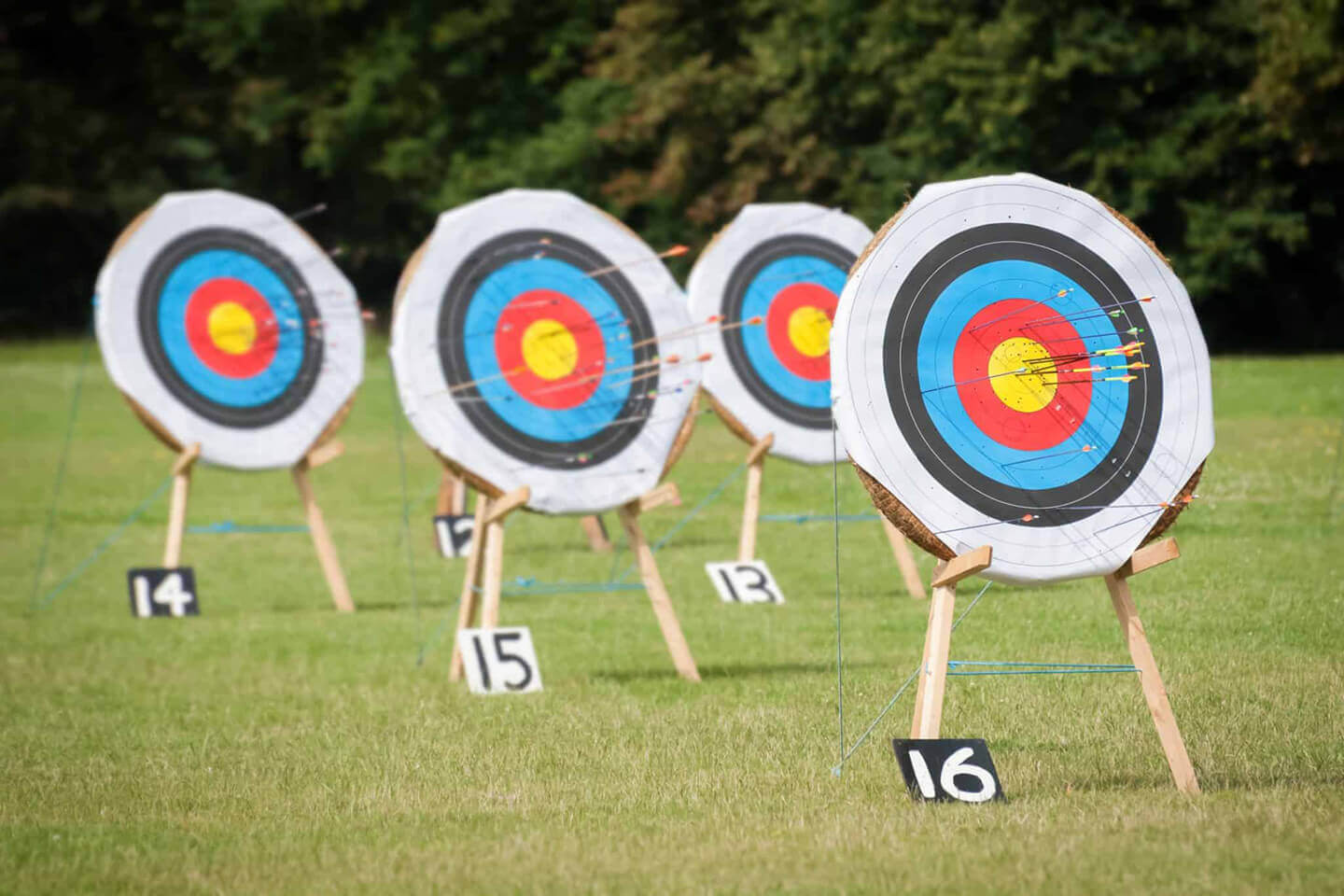Much is written about key performance indicators (KPIs) in organizations. In our work, we often see a misapplication of KPIs, as they don’t contribute to the achievement of their intended purpose. Every measure of performance should directly monitor a goal within the organization. Therefore, KPI’s should measure the top goals of the overall enterprise.
When choosing the right KPIs, begin by first thinking about the top goals of the firm and then how to measure the attainment of those goals. The categories listed below, along with their basic measurement formulas, should help determine the type of KPI most appropriate to measure your selected goal.
Trajectory measures the revenue trends of your firm.
Trajectory KPIs measure important performance indicators such as market share, revenue growth and competitiveness. They are typically further organized by organic, acquisition, and innovation.
Example Goal: Increase revenues from innovation.
Possible KPI: % revenues from products introduced within past 3 yrs
Effectiveness measures the extent to which the target value proposition of your products and services achieves its purpose.
The target value proposition defines the customer, their problem, want or need, your solution (products and services) to their problem, and the net benefit of that solution. Effectiveness KPIs assess the extent to which the customer believes your solution solves their problem.
Example Goal: Improve customer perception of value
Possible KPI: Customer ratings 1-5
Quality measures the extent to which products and services meet target specifications.
While the target value proposition establishes intended product and service specifications, quality KPIs measure the extent to which products and services provided fulfill those intentions.
Example Goal: Improve product quality
Possible KPI: % product specification attainment
Loyalty measures customers’ affinity toward your firm.
A loyalty KPI assesses the customer’s total experience in doing business with your firm. It captures the total experience of customer value, including the solution, time, cost, and relationship.
Example Goal: Improve customer loyalty
Possible KPI: Net Promoter Score
Efficiency measures resources consumed versus resources wasted.
Efficiency KPIs assess the level of waste within the firm, which adds unnecessary cost and time to the firm’s outputs.
Example Goal: Reduce material waste
Possible KPI: First pass yield
Productivity measures outputs produced versus resources consumed to produce them.
All firms purchase assets to produce the products and services that fulfill their value proposition. Productivity KPIs measure the products and services volume produced by those assets relative to the resources used to produce them.
Example Goal: Increase headcount productivity
Possible KPI: Revenues per FTE
Utilization measures the usage of assets relative to their capability.
Utilization KPIs measure the extent to which available assets are used to deliver their intended purpose.
Example Goal: Increase equipment utilization
Possible KPI: % scheduled time to total available time
Time measures the time required from inputs supply to outputs delivery.
Time KPIs measure the time it takes to do anything in the firm, from when a need is established to when the need is fulfilled.
Example Goal: Reduce time to market
Possible KPI: Total time for new product introductions
Alignment measures the level of match up between supply and demand.
Alignment KPIs measure the extent to which the firm aligns its supply capability with the profile of customer demand.
Example Goal: Reduce Inventory levels
Possible KPI: Avg supply batch size vs demand batch size
Schedule measures the extent to which a firm delivers products and services as planned.
A schedule KPI measures events and occurrences where delivery matches communicated intentions.
Example Goal: Improve delivery service
Possible KPI: % on-time complete
Profitability measures the difference between revenues and costs to operate the firm.
Profitability KPIs include measures such as revenues, costs to produce products and services, and expenses.
Example Goal: Improve profitability
Possible KPI: % operating income
Financial health measures the relative value of assets, liabilities, and owners’ equity at a fixed point in time.
Financial Health KPIs assess the relationship between current and fixed assets, current and long-term liabilities, and owner’s equity. These KPI’s provide a snapshot of the firm’s condition as a going concern.
Example Goal: Improve financial health
Possible KPI: Debt to equity ratio
Compliance measures the extent to which a firm adheres to third party standards.
Compliance KPIs assess the extent to which the firm is playing according to the rules of the game in which it competes. These results typically come from third-party assessments.
Example Goal: Maintain compliance
Possible KPI: Audits passed
KPIs in Conclusion
Every KPI should have a specific purpose for furthering the firm’s goals. Most firms measure what is easy and not what is important. By broadly assessing the essential goals and then aligning KPIs with strategic purpose and intent, the organization leader can drive best in class performance that provides a sustainable competitive advantage.
Challenge the way you think about work.
Download the free eBook today to learn:
- How to map business processes
- How to create aligned business systems
- How to transform your business

